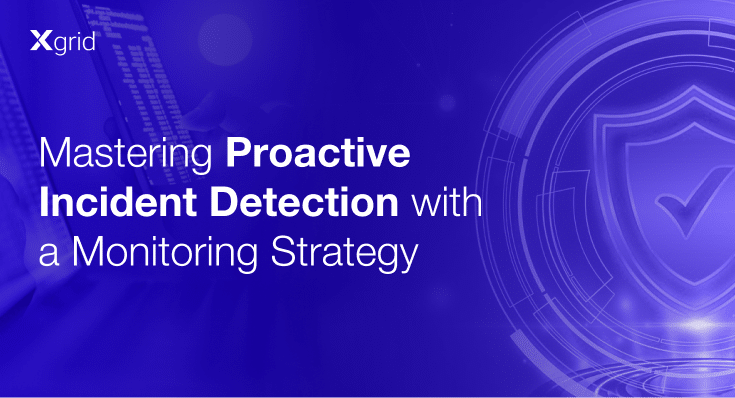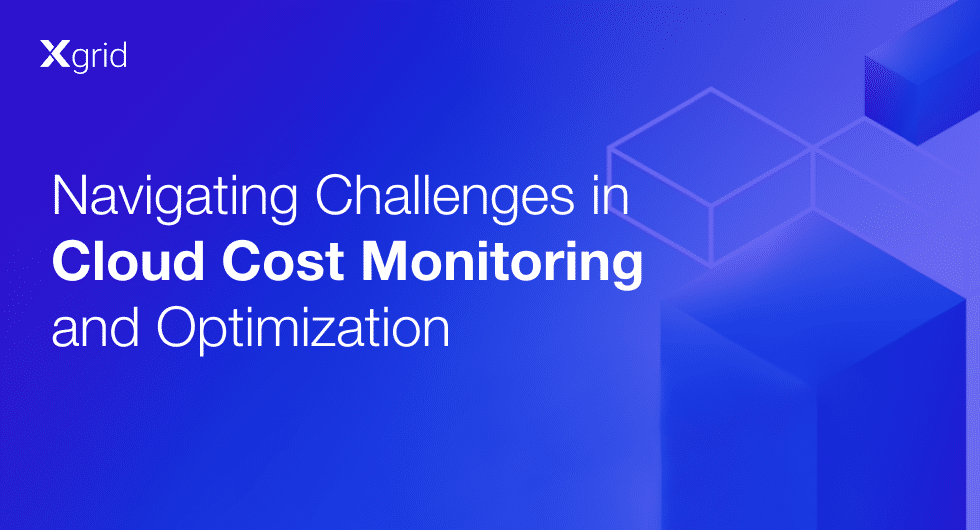The Case for App Modernization: Importance of Cloud Adoption for Modern Businesses
As businesses evolve and customer expectations rise, the constraints of traditional on-premise systems become more evident. By leveraging cloud technology, companies can seamlessly adjust to shifting market dynamics, innovate more swiftly, and unlock avenues for growth. This transition isn’t merely a technological shift; it’s a strategic imperative for businesses seeking success in the digital era.
Advantages of Embracing Cloud Technology
Embracing cloud technology yields numerous advantages:
Scalability and Flexibility
Easily adjust resource allocation to meet fluctuating demand, swiftly adapting to evolving business requirements.
Cost Efficiency
The pay-as-you-go model minimizes upfront capital investments, optimizing IT expenditure and enhancing financial predictability.
Enhanced Collaboration and Accessibility
Cloud-based tools facilitate seamless collaboration regardless of location, fostering productivity and workforce mobility.
Improved Security and Compliance
Stringent security protocols and compliance standards safeguard data, mitigating cybersecurity threats and regulatory risks.
Innovation and Competitive Edge
Rapid deployment of novel applications and services fosters innovation, enabling businesses to maintain a competitive edge in the market and meet evolving customer demands.
Indicators for Transitioning to Cloud
Determining the opportune moment for companies entrenched in monolithic infrastructure to transition to the cloud typically occurs when scalability limitations impede growth or when agility becomes paramount for competitiveness. Several common indicators suggest it’s time to transition:
Debugging Challenges
Outdated codebases can be time-consuming to debug, requiring extensive effort to isolate and fix issues.
Outdated Tech Stacks
Legacy systems often rely on older technologies that struggle to integrate with modern tools and frameworks, limiting functionality and innovation.
Performance Under Pressure
Under heavy loads, legacy systems may become unpredictable and inefficient, impacting user experience and business continuity.
Integration Impediments
Modern business landscapes demand seamless collaboration between various platforms, which legacy systems may not support, creating data silos and hindering information flow.
Automation Lag
Automation tools, crucial for streamlining operations and improving efficiency, are often less mature or incompatible with legacy environments.
Talent Acquisition Challenges
The talent pool for maintaining and developing legacy systems shrinks as developers gravitate towards newer, more in-demand technologies.
Data Management Deficits
Advanced data management capabilities, including big data analytics and real-time processing, are typically absent in legacy systems, limiting business insights and decision-making.
Scalability Limitations and Subpar UX
Legacy systems often struggle to scale efficiently to meet growing demands, and may deliver sluggish performance and outdated user experiences that fall short of modern expectations.
Strategic Considerations for CTOs
For Chief Technology Officers (CTOs), one of the critical decisions is knowing when to modernize applications. App modernization isn’t just about adopting the latest trends; it’s about ensuring that your technology infrastructure aligns with business objectives, enhances efficiency, and meets evolving customer expectations.
Assessing Current Pain Points
Before embarking on the modernization journey, it’s crucial to assess the existing pain points and limitations of your applications. Are there scalability issues hindering growth? Do security vulnerabilities pose significant risks? Are users experiencing performance bottlenecks or poor user experiences? Identifying these pain points provides valuable insights into the urgency and scope of modernization efforts.
Evaluating Business Objectives
App modernization should always align with broader business objectives. Consider factors such as market trends, competitive landscape, and customer demands. Are there emerging technologies that could provide a competitive advantage? Is there a need to improve time-to-market for new features or services? Understanding the strategic goals of the organization helps prioritize modernization initiatives and allocate resources effectively.
Analyzing Technical Debt
Accumulated technical debt can impede innovation and hinder business agility. Legacy systems often carry a considerable amount of technical debt due to outdated architectures, unsupported frameworks, and spaghetti code. Assessing the extent of technical debt is crucial in determining the urgency of modernization. High levels of technical debt may indicate a pressing need for modernization to streamline development processes, reduce maintenance costs, and enable faster innovation cycles.
Considering Market Dynamics
The competitive landscape is constantly evolving, driven by technological advancements and changing customer preferences. In fast-paced industries, delaying app modernization can result in falling behind competitors and losing market share. Keep a pulse on market trends, customer feedback, and competitor strategies to identify opportunities for innovation and differentiation through modernization.
Leveraging Emerging Technologies
Emerging technologies such as cloud computing, microservices architecture, containerization, and AI/ML offer transformative capabilities for app modernization. Evaluating the potential impact of these technologies on your applications can help determine the right time for modernization. For example, migrating monolithic applications to the cloud can improve scalability, flexibility, and cost efficiency, while adopting microservices architecture enables agility and faster time-to-market for new features.
Balancing Risk and Reward
App modernization involves inherent risks, including potential disruptions to business operations, data migration challenges, and compatibility issues. However, the rewards can be substantial, ranging from improved performance and scalability to enhanced security and agility. CTOs must carefully weigh the risks and rewards of modernization initiatives, considering factors such as budget constraints, resource availability, and organizational readiness.
Empowering the Development Team
Successful app modernization requires collaboration and buy-in from cross-functional teams, particularly the development team. Empower your developers with the necessary tools, training, and resources to embrace modernization efforts. Encourage a culture of continuous learning and experimentation, where developers are encouraged to explore new technologies and methodologies to drive innovation.
Conclusion
In today’s digital economy, app modernization is not a question of if, but when. As a CTO, timing the transition requires a holistic approach that balances technical considerations with business objectives and market dynamics. By assessing current pain points, aligning with business goals, addressing technical debt, monitoring market trends, leveraging emerging technologies, and balancing risk and reward, CTOs can chart a successful path towards app modernization that drives innovation, enhances competitiveness, and delivers value to the organization.





